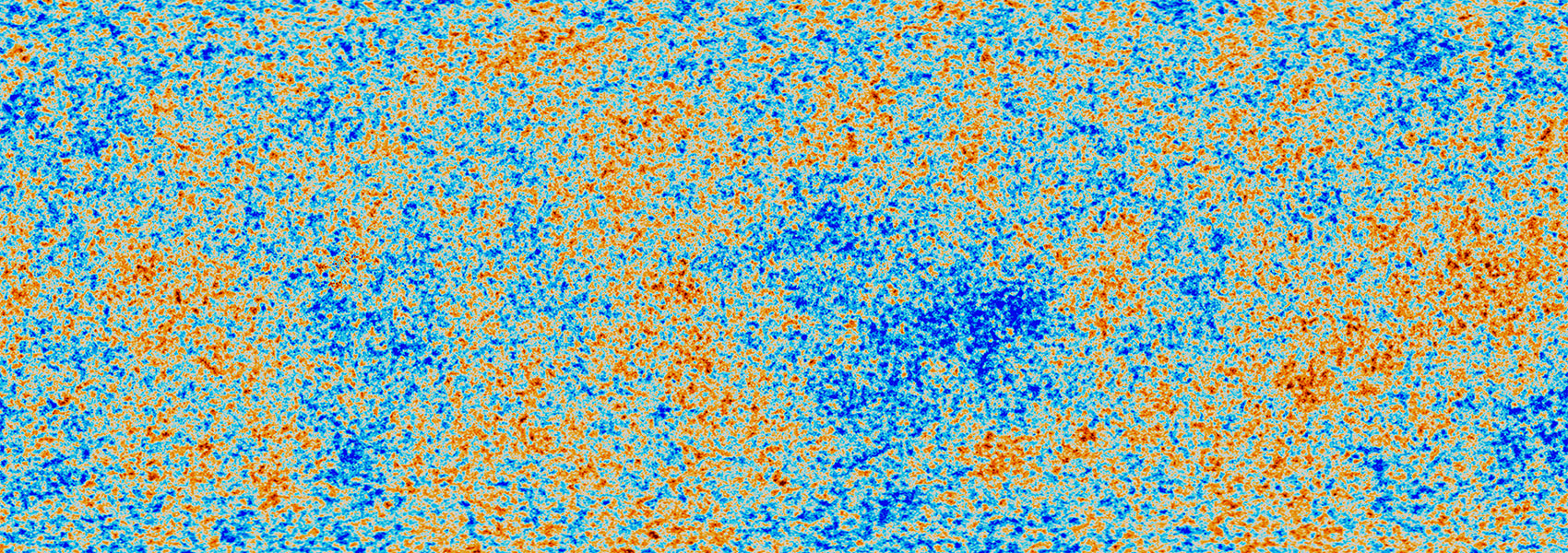August
2015
•
2015AJ....150...56J
Authors
•
Jenkins, Jon M.
•
Twicken, Joseph D.
•
Batalha, Natalie M.
•
Caldwell, Douglas A.
•
Cochran, William D.
•
Endl, Michael
•
Latham, David W.
•
Esquerdo, Gilbert A.
•
Seader, Shawn
•
Bieryla, Allyson
•
Petigura, Erik
•
Ciardi, David R.
•
Marcy, Geoffrey W.
•
Isaacson, Howard
•
Huber, Daniel
•
Rowe, Jason F.
•
Torres, Guillermo
•
Bryson, Stephen T.
•
Buchhave, Lars
•
Ramirez, Ivan
•
Wolfgang, Angie
•
Li, Jie
•
Campbell, Jennifer R.
•
Tenenbaum, Peter
•
Sanderfer, Dwight
•
Henze, Christopher E.
•
Catanzarite, Joseph H.
•
Gilliland, Ronald L.
•
Borucki, William J.
Abstract
•
We report on the discovery and validation of Kepler-452b, a transiting planet identified by a search through the 4 years of data collected by NASA’s Kepler Mission. This possibly rocky {1.63}-0.20+0.23 {R}\oplus planet orbits its G2 host star every {384.843}-0.012+0.007 days, the longest orbital period for a small ({R}{{P}}< 2 {R}\oplus ) transiting exoplanet to date. The likelihood that this planet has a rocky composition lies between 49% and 62%. The star has an effective temperature of 5757 ± 85 K and a {log}g of 4.32 ± 0.09. At a mean orbital separation of {1.046}-0.015+0.019 AU, this small planet is well within the optimistic habitable zone of its star (recent Venus/early Mars), experiencing only 10% more flux than Earth receives from the Sun today, and slightly outside the conservative habitable zone (runaway greenhouse/maximum greenhouse). The star is slightly larger and older than the Sun, with a present radius of {1.11}-0.09+0.15 {R}⊙ and an estimated age of ∼6 Gyr. Thus, Kepler-452b has likely always been in the habitable zone and should remain there for another ∼3 Gyr.
Links




